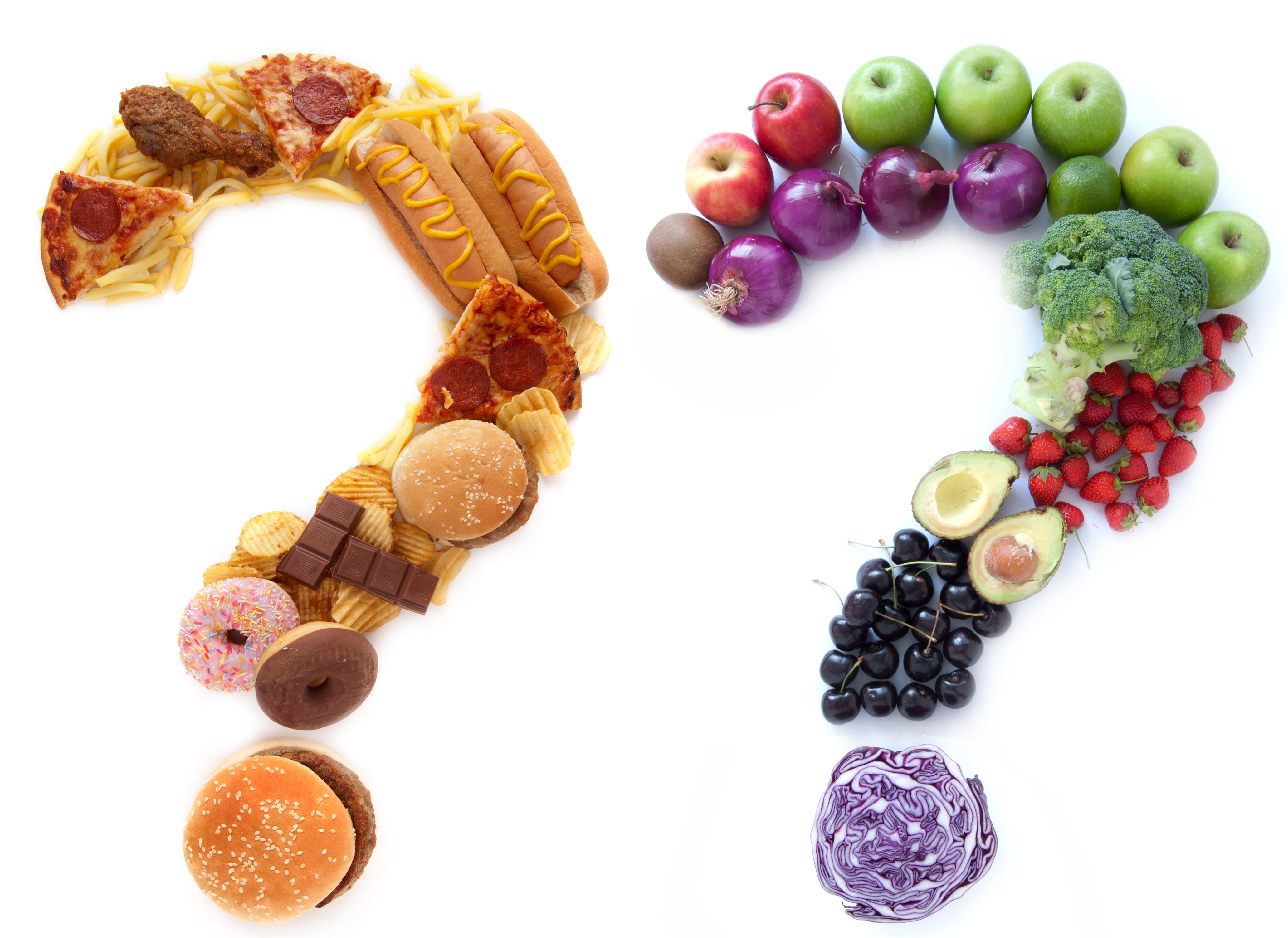
When it comes to managing your diet, it’s important to be aware of what goes into the foods you eat. For PKD patients in particular, eating real, wholesome foods is always better than indulging in processed alternatives. You won’t believe what you might be putting into yours and your loved one’s bodies.
Here is the frightening truth: chemicals that are used as weed killer, flame retardant and sunscreen are startlingly common in your supermarket. You won’t find “carcinogens” and “paint chemicals” in the nutrition facts, though. They’ll be hidden under names like “Butylated HydroxyAnisole” or “natural flavoring.” Break through the science experiment to find out what you’re really eating!
Here are some ingredients to keep an eye out for in your favorite everyday foods:
Aspartame
- What is it? A near-zero-calorie artificial sweetener made by combining two amino acids with methanol. Most commonly used in diet soda, aspartame is 180 times sweeter than sugar.
- What can you find it in? More than 6,000 grocery items including diet sodas, yogurts and tabletop sweeteners NutraSweet and Equal.
- What do you need to know about it? Over the past 30 years, the Food and Drug Administration (FDA) has received thousands of consumer complaints, mostly due to neurological symptoms such as headaches, dizziness, memory loss, and, in rare cases, epileptic seizures. Many studies have shown aspartame to be completely harmless, while others indicate that the additive might be responsible for a range of cancers. It also bears mentioning that pregnant women are advised not to consume aspartame.
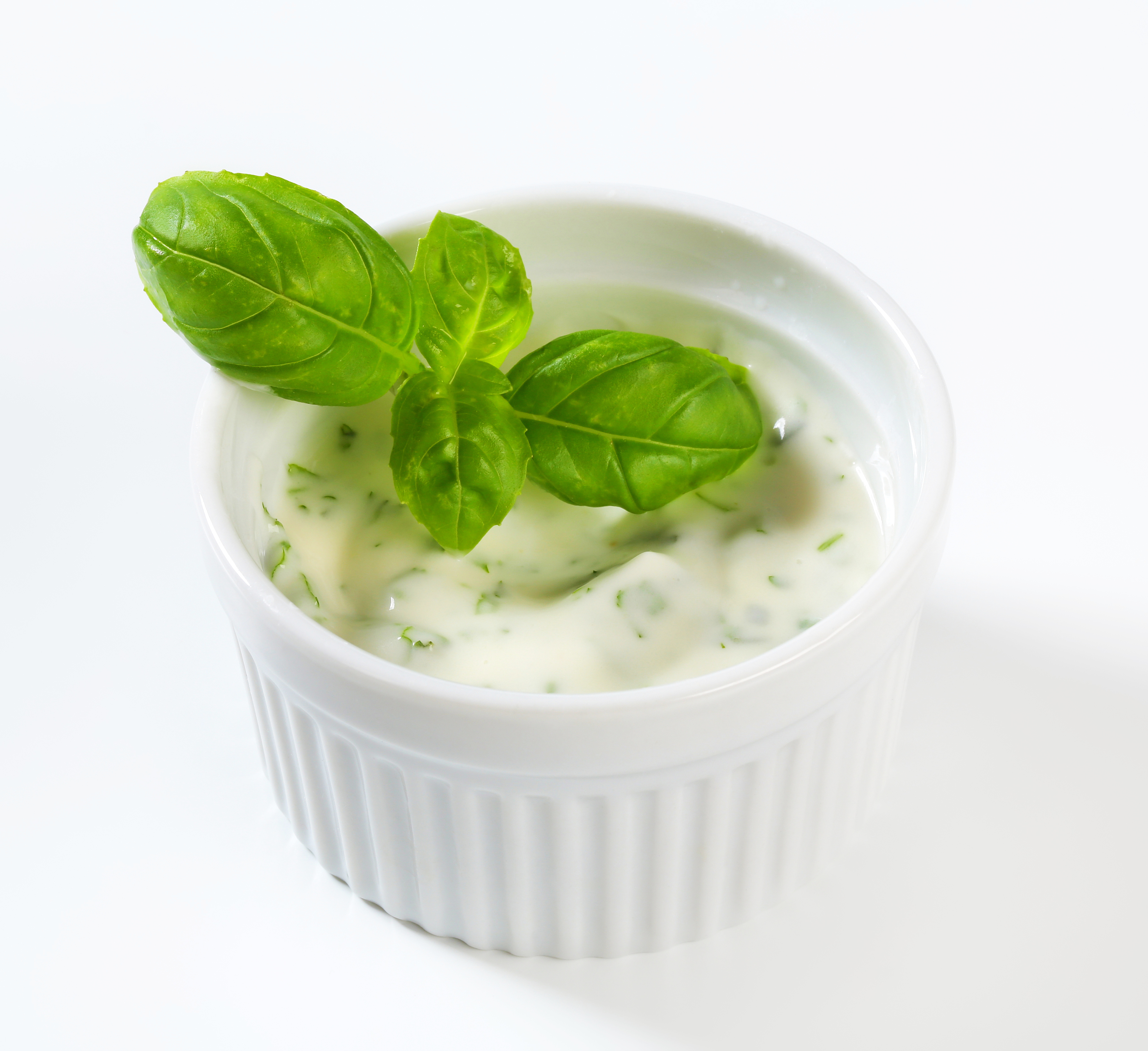
Titanium Dioxide
- What is it? A component of the metallic element titanium commonly used in paints and sunscreens. The food industry adds it to hundreds of products to make overly processed items appear whiter.
- What can you find it in? Processed salad dressing, coffee creamers and icing.
- What do you need to know about it? Titanium is a mined substance that’s sometimes contaminated with toxic lead. Plus, most white dressings (like ranch and Caesar) aren’t great for you anyway. Your health Both your health and your waistline will fare better if you go with an olive oil- or vinegar-based salad topper instead.
Glyphosphate
- What is it? The active ingredient in the popular weed killer Roundup. It’s used on corn and soy crops genetically engineered to withstand a heavy dousing of the chemical.
- What can you find it in? Most non-organic packaged foods containing corn- and soy-derived ingredients. Because it’s a systemic herbicide, it’s taken up by the plant—meaning you!
- What do you need to know about it? Glyphosphate exposure may be linked to obesity, learning disabilities and infertility.
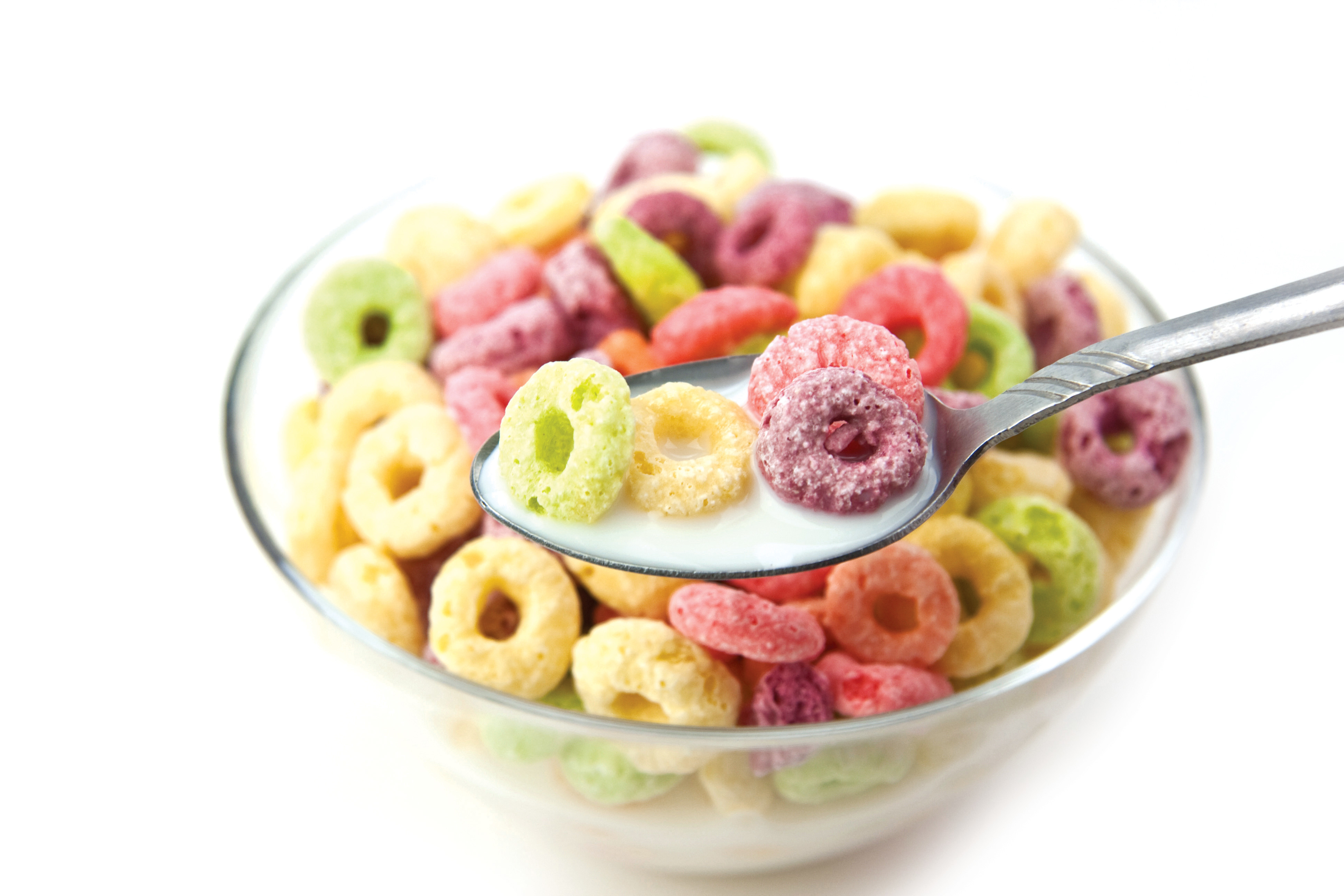 Butylated HydroxyAnisole (BHA)
Butylated HydroxyAnisole (BHA)
- What is it? A petroleum-derived antioxidant used to preserve fats and oils.
- What can you find it in? Beer, crackers, cereals, butter and foods with added fats.
- What do you need to know about it? Studies have shown BHA to cause cancer in the fore stomachs of rats, mice and hamsters. The Department of Health and Human Services classifies the preservative as “reasonably anticipated to be a human carcinogen.”
Interesterified Fat
- What is it? A semi-soft fat created by chemically blending fully hydrogenated and non-hydrogenated oils. It was developed in response to the public demand for an alternative to trans fats.
- What can you find it in? Pastries, pies, margarine, frozen dinners and canned soups.
- What do you need to know about it? Testing on these fats has not been extensive, but the early evidence doesn’t look promising. A study by Malaysian researchers showed a 4-week diet of 12 percent interesterified fats increased the ratio of bad (LDL) to good (HDL) cholesterol. Furthermore, this study showed an increase in blood glucose levels and a decrease in insulin response.
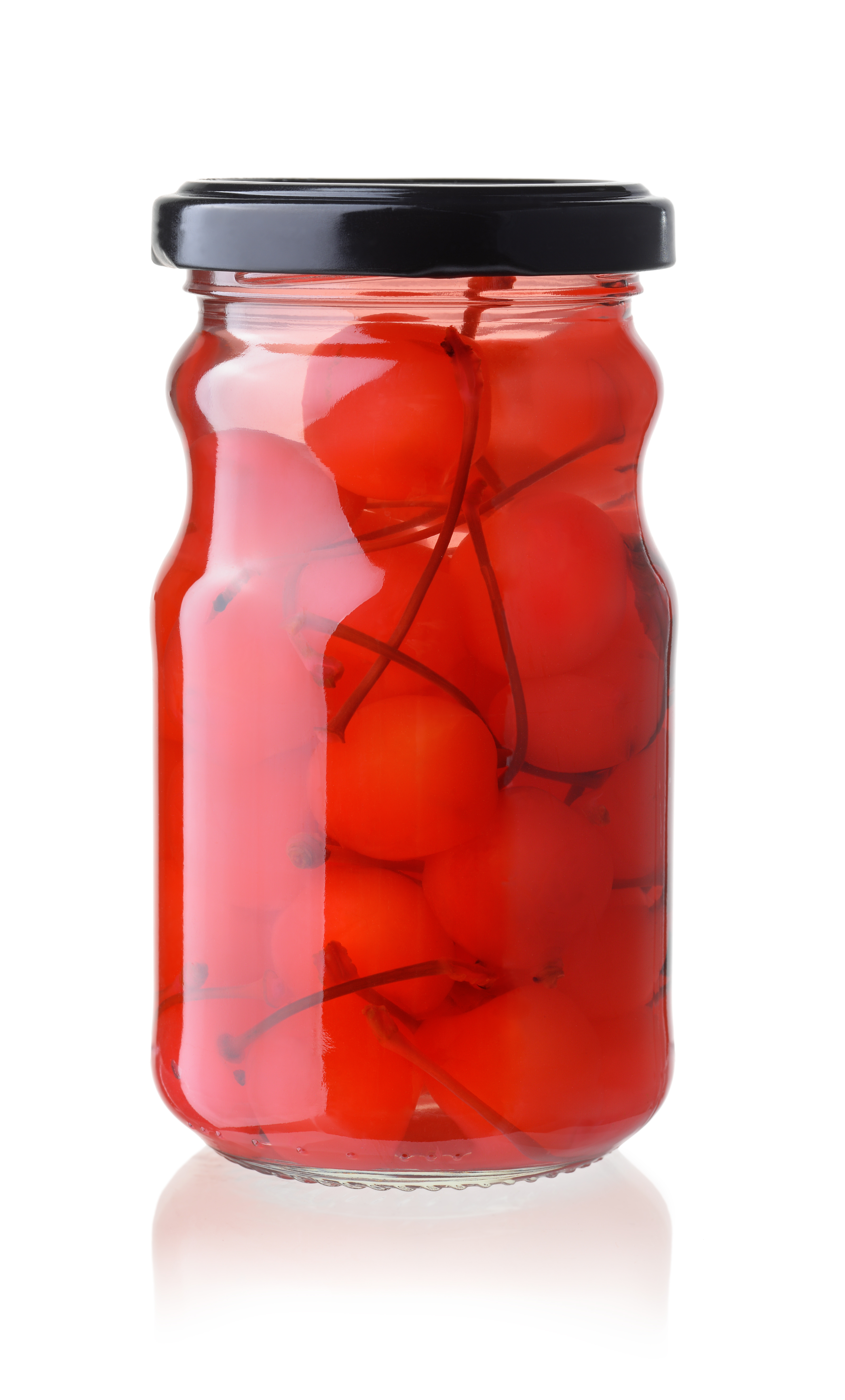
Red #3 (Erythrosine) and Red #40 (Allura Red)
- What are they? Food dyes that are orange-red and cherry red, respectively. Red #40 is the most widely used food dye in America.
- What are they found in? Fruit cocktail, candy, chocolate cake, cereal, beverages, pastries, maraschino cherries and fruit snacks.
- What do you need to know about them? The FDA has proposed a ban on Red #3 in the past, but so far, the agency has been unsuccessful in implementing that measure. After the dye was inextricably linked to thyroid tumors in rat studies, the FDA managed to have the liquid form of the dye removed from external drugs and cosmetics.
Yellow #5 (Tartrazine) and Yellow #6 (Sunset Yellow)
- What are they? The second and third most common food colorings.
- What are they found in? Cereal, pudding, bread mix, beverages, chips, cookies and condiments.
- What do you need to know about them? Several studies have linked both dyes to learning and concentration disorders in children, and there are piles of animal studies demonstrating potential risks such as kidney and intestinal tumors. One study found that mice that were fed high doses of sunset yellow had trouble swimming straight and righting themselves in water. The FDA does not view these as serious risks to humans.
To avoid most of these pesticides, shop the perimeter of your grocery store. This is where you will find most foods in their natural state. In kidney patients, any non-natural food choices may add unnecessary chemicals to the kidneys’ metabolic process. The best in health to you and yours!
NOTE: Information or materials posted on this blog are intended for general informational purposes only, and should not be construed as medical advice, medical opinion, diagnosis or treatment. Any information posted on this blog is not a substitute for patient-specific medical information or dietary advice. Please consult with your healthcare team or dietitian for a complete dietary plan and recommendations.
SUBSCRIBE TO GET MORE HEALTHY UPDATES
Want more delicious, healthy tips and recipes?
Check out our cookbook, Cooking Well, which is full of delicious PKD-friendly recipes to help you make healthy choices without sacrificing taste.





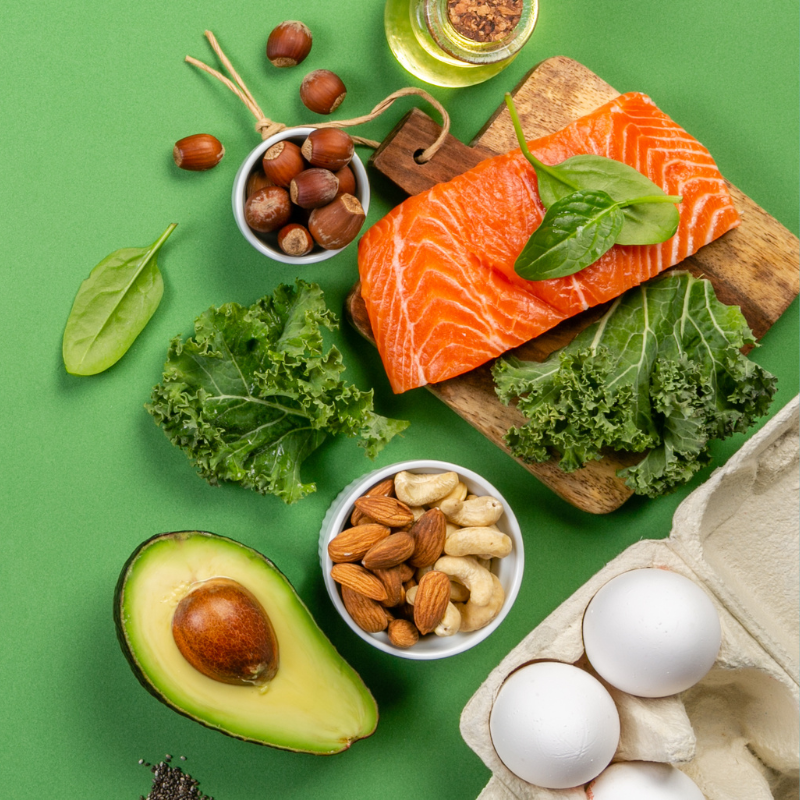



A little scaremongering maybe. I am reminded that dihydrogen oxide is also a good fire retardant and kills many people. I think those of us with PKD and probably on many drugs/chemicals have bigger concerns.